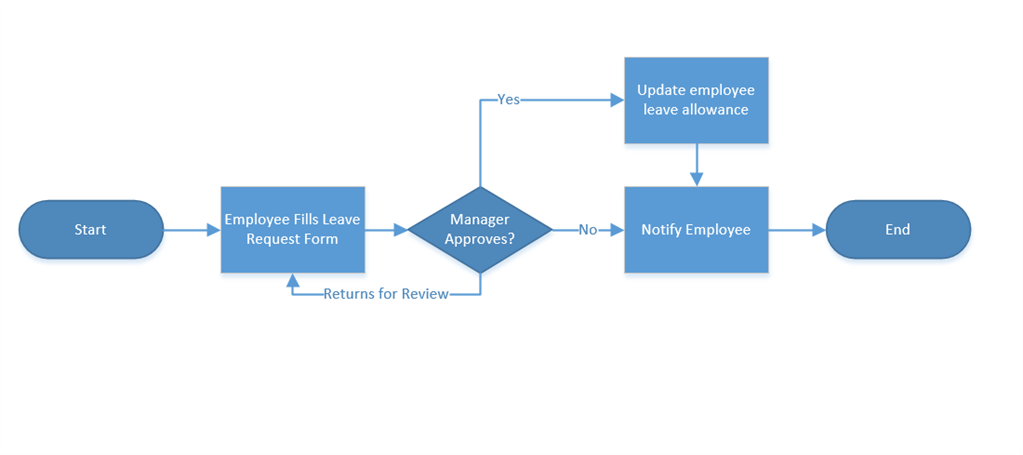As someone who often works with business processes, process maps are common. Process maps are well used because they define processes in a way that is predictable, transparent, clear, and repeatable. They use a common framework—a start condition, an end condition, a series of steps in the middle, and some decisions—which enhances the map’s value as a communication tool. Well-mapped processes are convenient because they can be measured, benchmarked, and tracked.

The real world doesn’t always follow formalized decision pathways though, and this can create tensions between process designers and the individual that need to follow the processes. Employees often report processes can ignore the nuance in their work, remove the individuality they bring to their roles, and miss out on important edge cases.
In fact, many problems in the world fall outside the step-by-step solutions that flowcharting techniques lend themselves to.
In my role at Habanero, I commonly employ a framework called Cynefin to help understand the nature of a problem and identify where a process may be able to support it.
What is the Cynefin framework?
Cynefin describes four classes of systems (plus a disorder state). Each one is a different way to see a problem.
Obvious: The workings of this system is obvious to a reasonable person observing it. There is a best way solve a problem in a simple system that can be repeated each time.
For example: Opening a web browser on a PC
Complicated: The workings of a complicated problem require either expert knowledge or analysis to understand. Many valid solutions to a problem can exists in these types of systems.
For example: Repairing a computer that isn’t turning on.
Complex: The workings of a complex system can never be fully known. There are always agents in a complex system that act out of your control to some degree. Trying to perform the exact same steps in a complex system often doesn’t work because the agents can act differently each time. Your actions one time can change the agents’ future behaviours. The solution to a complex problem can only fully be understood in retrospect.
For example: Getting more people to use your intranet
Chaotic: In a chaotic system, the workings are completely unknowable. There are no patterns here, only turbulence. A chaotic system has no order, and must be given some to move towards a solution.
For example: Responding to a massive hacking attack
Using this framework to solve enterprise problems
I have found in my work that many requests for process automation come from problems in the “obvious” problem space. Obvious systems are the natural candidate for process automation because there is a right way of approaching the problem that can be followed each time.
Obvious problems are the easiest to manage, but it's important to avoid calling a complex problem an obvious one.
When we encounter complicated, complex, or chaotic problems, it becomes more challenging to create a process that will work for everyone. In the case of complex and chaotic systems, there can never be a fully documented process that addresses all the issues that can come up. Trying to create a process that manages problems completely in these spaces is often a mistake.
The opportunity I have found when presented with complicated, complex, or chaotic systems, is to ask two questions:
- Is there a part of this system that would benefit by being given a repeatable process to follow?
- Is there a management or coordination role that should exist in this system that could benefit from being given a defined process?
Often what I’ve heard in response, is that a defined process can play a supporting role in all types of systems. Asking the two questions listed above, and identifying which system type your problems falls into, can help identify where to start.
Problems of all sorts benefit from adding process, but the right process for a particular situation really unlocks the value. In obvious systems, this might mean a process is automated from end to end. In a chaotic situation like a fire in a city, processes like 9-1-1 and dispatch allow response vehicles to make it to the scene quickly by coordinating resources and prioritizing the most important calls. By understanding the nature of the system you’re working with, and engaging with the problem appropriately, it’s possible to deliver meaningful value in all areas of your business.



.jpeg?bc=white&la=en&mw=416&modified=20251202191043&hash=E64AA9DFFAE8D1AC27890831F714D5B0FA2FEBB2)

